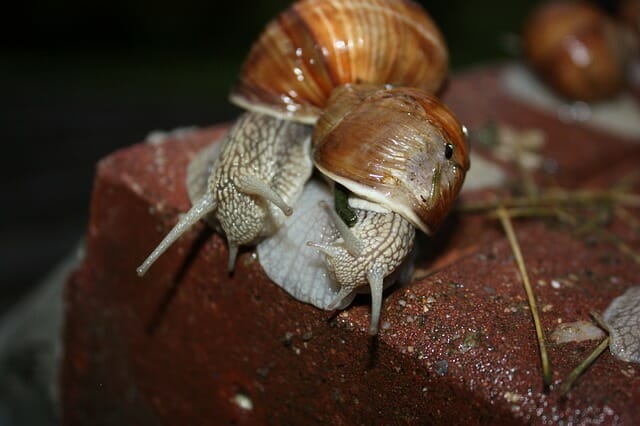What Do Aquarium Snails Eat: List of Suitable Foods and Feeding Guide
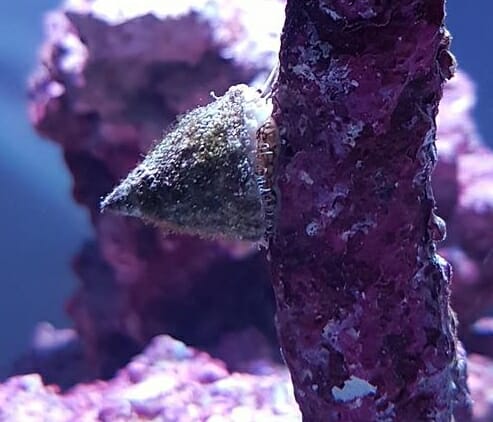
Aquarium snails eat algae, decaying plant matter, and small invertebrates. Aquarium snails are omnivorous; therefore, some aquarists add fish food to the snail diet. A general diet for common garden snails includes rotting vegetation and debris, small insects, and even eggs and young of other snails. In addition, some garden snails feed on pollen, nectar, and other plant sap.
Table of Contents
Best Food for Aquarium Snails
Aquarium snails will eat various things, but some good choices include fresh aquatic plants and algae, decaying plant matter, and small invertebrates. Some aquarists add fish food to their snail’s diet to provide them with the nutrients they need.
Aquatic Plants
Aquatic plants provide a great source of nutrients for aquarium snails. They also offer them shelter and a place to hide from predators. Start by including some aquatic plants in your snail’s diet, and then gradually add more as the snails eat them.
Fruits
Aquarium snails can also include fruits in their diet. Fruits are high in sugar and provide the snails with energy. Start by including a small amount of fruit in your snail’s food, and then gradually increase the amount as they eat it.
Algae
Algae is an excellent source of nutrients for aquarium snails. It provides them with carbohydrates, proteins, and other essential nutrients. Add algae to your snail’s diet as part of their regular food supply.
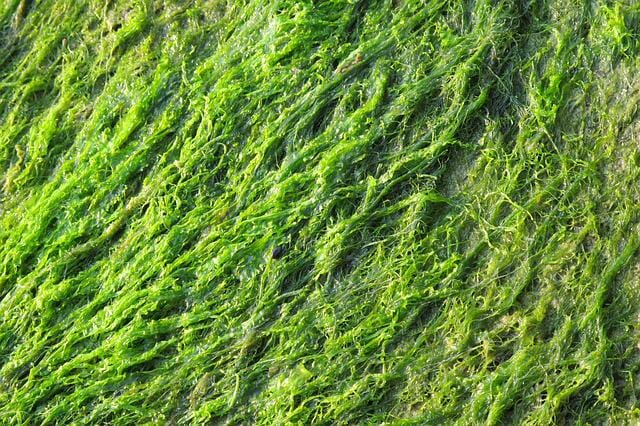
Decaying Plant Matter
Snails also consume decaying plant matter as part of their diet. This includes leaf litter, wood chips, and other organic debris. Add some decaying plant matter to the snail’s habitat to provide them with the necessary nutrients.
The best way to add decomposing plants to an aquarium is by using java moss or live rock. These types of plants will degrade and release nutrients over time, which will help feed the snails.
Tree Bark
Tree bark also provides snails with essential nutrients. It contains high levels of calcium, magnesium, and other minerals they need to survive.
Vegetables
Some types of vegetables can also be used as snail food. These include cucumbers, zucchini, and lettuce. Start by including a small amount of these vegetables in the snail’s diet, then gradually increase the amount as they eat it.
In addition, some aquarium plants can be used as snail food. This includes java fern and anubias plugs. Add these plants to the snail’s habitat, and they will consume the leaves, flowers, and other vegetation.
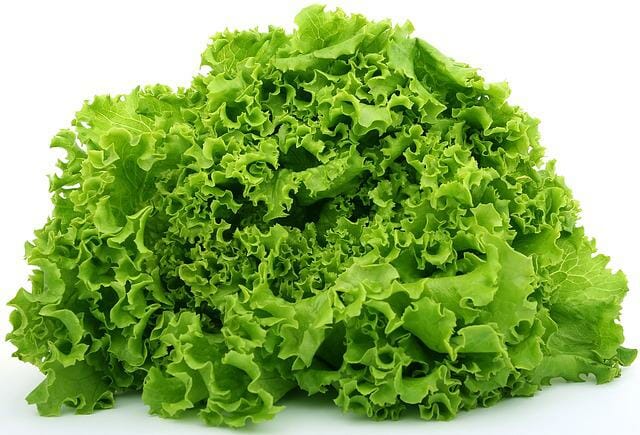
Animal Protein
Some aquarium creatures, such as fish, can be used to provide snail food. Start by adding a small animal protein to the snail’s diet. This can include flakes or cubes of meat, live worms, or insect larvae. Gradually increase the amount as they eat it.
Dead Animal Matter
Dead animal matter can also be used to feed the snails. This includes fish that have died, shrimp shells, and other animal carcasses.
Shrimp-Based Protein
Shrimp-based protein can also be used to feed snails. These are the most easily accessible type of snail food and provide a high level of nutrients. So, start by adding a small amount of shrimp-based protein to the snail’s diet and gradually increase the amount as they eat it.
Feeder Snails
Feeder snails can also be used to feed other aquarium creatures. These are the type of snails you place in a small container on the side of your tank, which will eat food from the surface. Feeder snails provide a high level of nutrients.
Aquatic Snail Food
A variety of aquatic snail food products available on the market include freeze-dried foods, live foods, and pelletized diets. These should be offered to the snails in small amounts and gradually increased as they consume them.
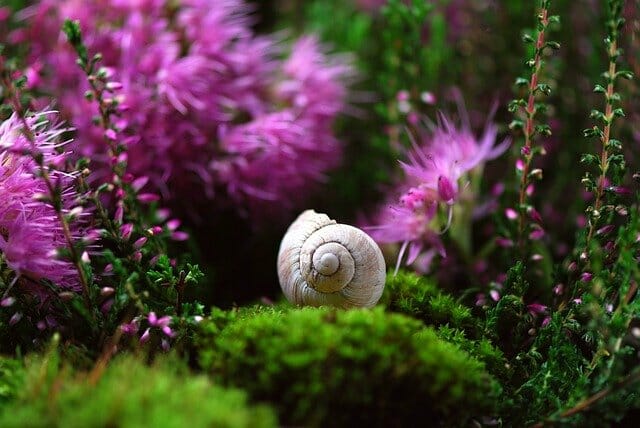
What Food to Avoid for Snails?
Some foods are not suitable for use with snails. These include artificial colors and flavors, grains, seeds, fruit juices, processed meats, and poultry.
How Often Should Snails Be Fed?
It is recommended that snails be fed twice a day. This will ensure they are getting the nutrients they need and are healthy. Feeding them regularly will help keep their population under control in your aquarium.
Feeding Guide for Aquarium Snails
Marine snail food is available in a variety of types and brands. Some foods are freeze-dried, others live, and others are pelletized. You will need to decide what type of food your snail will eat, add it to the tank where you want them to eat it, wait for them to start eating it, and then check back in a few days to see if they have eaten all of the food.
Determine the Type of Snail You Have
To determine the type of snail you have, look at their shape and size. Aquatic snails can come in various shapes and sizes, so it is essential to identify the type before feeding them.
Additionally, some freshwater snails are carnivorous and will eat other aquatic creatures. Other freshwater snails feed on algae, so it is essential to determine their food preferences before adding them to your tank.
Add the Snail Food to the Tank
To add the snail food, fill a small bowl or saucer with the desired type of snail food and place it in the tank near where you want them to eat it. Then, wait for the snails to start eating and check back in a few days to see if they have eaten all of the food.
Snails at Different Life Stages Have Different Nutritional Needs
At different life stages, freshwater snails have different nutritional needs. For example, baby snails need more protein and vitamin C than adult snails. Additionally, baby snails need tiny bits of food to help them grow so that they will eat smaller amounts of snail food than adults.
Variety Is the Key to a Complete Diet
To ensure your snail has a complete and balanced diet, add different types of food to their tank regularly. This will help them to get the most out of their snail’s food.
Taking Care of Freshwater Aquatic Snails
You can take a few simple steps to care for freshwater aquatic snails. First, ensure the tank is clean and free of debris and provide them with a suitable food source. Finally, ensure their clean water is filled with fresh water. Lastly, keep an eye on their population and adjust their feeding schedule as needed.
